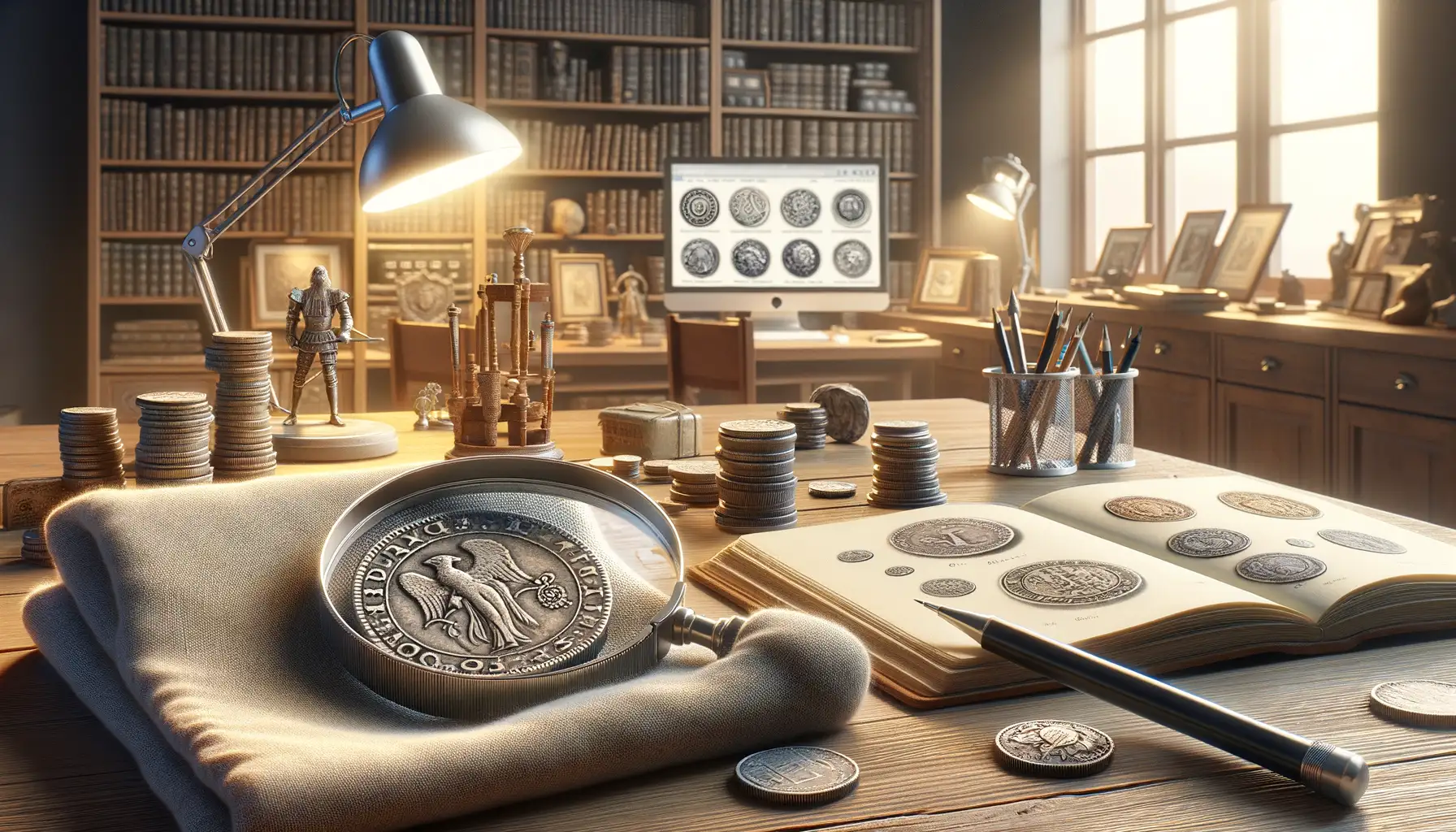Understanding the Definition of a Rare Coin
What Makes a Coin Truly Rare?
Have you ever held a coin in your hand and wondered if it might be more than just pocket change? The idea of discovering a hidden treasure in your collection is thrilling, but understanding what makes a coin “rare” requires more than luck—it’s about knowing the story behind it.
A rare coin isn’t simply old. Age alone doesn’t define rarity. Instead, it’s the combination of features that make it stand out, like its history, condition, and the number of surviving pieces. Think of it as uncovering a needle in a haystack—scarcity is key. A coin minted hundreds of years ago might still be common if millions of copies exist today. On the flip side, a newer coin with a limited production run can hold significant value.
Here are a few key characteristics to look for:
- Mintage: How many coins were originally produced? Fewer coins often mean higher rarity.
- Condition: Coins without scratches, wear, or damage are far more desirable among collectors.
- Errors and Variations: Unique mistakes during production, like misprints or double strikes, can skyrocket a coin’s appeal.
So before dismissing that old coin as ordinary, dig deeper. Its uniqueness may surprise you—and spark a passion for discovery.
Key Factors for Identifying Rare Coins

Spotting Hidden Gems in Your Stash
Ever feel like a treasure hunter scouring uncharted territories? That’s exactly what identifying rare coins can feel like—a thrilling adventure! But how do you know if that old coin is just pocket change or something truly valuable? Let’s break it down.
First up: condition matters. Even the rarest coin can lose value if it’s scratched, discolored, or worn down. Look for coins with clear details—sharp letterings, defined edges, and minimal blemishes.
Next, keep an eye out for one-of-a-kind features. Is the mint mark unusual? Could it be from a limited production year? Some errors, like double-stamping, might transform an ordinary coin into a coveted collector’s dream.
- Date and Mint Mark: Check for low-mintage years or unique mint markings.
- Design Differences: Does the coin exhibit a small but significant anomaly?
- Material Composition: Coins made of precious metals like silver or gold often stand out.
Finding rare coins isn’t about luck—it’s about knowing where to look and valuing the details. Think of it as an art form disguised as a science!
Tools and Resources for Coin Identification

Must-Have Gear for Coin Sleuths
If you’re diving into the fascinating world of rare coins, your toolkit can make all the difference between a jackpot find and a missed opportunity. Think of these tools as your treasure-hunting companions—each one designed to help you uncover hidden gems.
- Magnifying Glass or Loupe: A high-quality loupe with at least 10x magnification is non-negotiable. Those tiny mint marks and hairline scratches aren’t going to spot themselves!
- Digital Scale: Weight discrepancies can reveal fakes or rare mint errors. Don’t let your eye guess what a scale can prove.
- Coin Reference Books: The Red Book is every collector’s bible. But dig deeper! Specialized guides focused on error coins or regional mints are a goldmine of knowledge.
- Lighting Setup: Natural light is great, but an adjustable LED lamp gives you the control to illuminate every ridge and shine.
Online Databases You Should Bookmark
In today’s digital age, the internet can be a coin collector’s best friend. Platforms like PCGS CoinFacts or Numista offer detailed imagery, market values, and rarity insights. Meanwhile, don’t underestimate niche collector forums. I once stumbled across a user thread identifying a rare double-die penny just by sharing clear photos. Sometimes, the hive mind of collectors holds secrets no book can deliver!
Remember, the right tools aren’t just about convenience—they’re your passport into a universe where every detail tells a story. Happy hunting!
Common Mistakes to Avoid When Evaluating Coins

Overlooking Small Details That Could Mean Big Value
It’s easy to get swept up in the thrill of finding a coin you think might be rare, but don’t let excitement blind you to the finer details! A simple scratch or barely visible mint mark could dramatically alter your coin’s value. For instance, did you know that the placement of a mint mark on some coins can make the difference between a $10 find and a $10,000 jackpot? Ignoring these tiny details is like skipping over hidden treasure buried just beneath the surface.
Another common misstep? Forgetting to check for counterfeits. Some fakes are shockingly convincing – they’ve fooled even seasoned collectors! Always use tools like a magnifier or even a digital microscope to scrutinize. Look for oddities like uneven edges, strange coloring, or inconsistent weight.
The Emotional Trap of Being Overconfident
Sometimes, our hearts lead us astray. It’s natural to *want* your coin to be rare, but wishful thinking shouldn’t replace careful research. Avoid these pitfalls:
- Relying only on memory: Don’t assume you “know” a coin’s history or rarity. Always cross-check facts with trusted resources like collector’s guides or professional websites.
- Skipping expert opinions: If you’re unsure, consult an experienced coin dealer or grading service. A second opinion can save you costly mistakes.
Stay curious, stay sharp, and let attention to detail be your compass – it just might guide you to your next great discovery.
Next Steps After Identifying a Rare Coin

Verify the Coin’s Authenticity
So, you’ve uncovered a potential treasure in your collection—exciting, right? But here’s where the real adventure begins. Before you start dreaming of auctions and big payouts, it’s crucial to confirm your find is the real deal. Reach out to a trusted numismatist or certified coin dealer. They can authenticate your coin using specialized tools and years of expertise.
Another option? Submit the coin to a professional grading service like PCGS or NGC. These organizations will not only verify the authenticity but also assign a grade that determines its condition—a critical factor in its value. Think of it as getting your coin’s official passport!
Preserve and Protect Your Rare Find
Once authenticity is settled, treat your rare coin like the precious gem it is. Improper storage can lead to scratches, stains, or even oxidation (yikes!). Here’s a quick checklist:
- Store the coin in a protective holder, such as an airtight capsule or archival-quality flip.
- Avoid touching it with bare hands; always handle with soft cotton gloves.
- Keep coins in a cool, dry location free from excess humidity or direct sunlight.
A little TLC goes a long way in maintaining its value and beauty!





